

MMORPG's have been around for a long time. They have been around since the internet modernized computers and allowed people to actually run fairly complex games on 56k internet speeds. It was during this period, the late 90s and early 2000s, that MMORPG's began to become popular with the online gaming community. But, investors were skeptical.
How do you get the same people to pay month after month?

Everquest would be the answer to many investor's worries. Released in 1999 by Sony, Everquest would become the most successful MMORPG up until that date. It would also allow Sony to become the "king" of successful MMORPG's for a short period before the rise of Blizzard Entertainment.
Features:
Everquest would show the world that MMORPG's could be successful with a subscription model. Investors would invest in new Sony projects and continue to fund MMORPG's. Everquest was also a themepark. It wouldn't be until later that successful sandbox games started to emerge. Also, this game is still live, if you want to check it out you can.[1]
Everquest started a spawn of MMORPG's. Some are still around while others failed and are now in the dustbin of history. However, the feud that began with Everquest and it's successors in the early 2000's became known as a war between MMORPG's. There were two directions in this time period that developers choose to go with their projects. One direction was known as a theme park.
Theme Park

Theme park MMORPG's are games which the players are allowed to create their avatar, customize their character and then go out into the world and collect loot. This is the traditional format for most successful RPG's and almost all MMORPG's follow this format. However, theme parks are different than sandbox MMORPG's.
You are allowed to go out into the world and collect loot, but you follow a path created by the developers. This allows you to go to specific leveling zones and instances. These areas are usually marked so you know that you have a quest there or that it is within your leveling range. Usually you have to complete the zone or instance before you can advance to the next one and you can always return to re-do instances or go back to old zones and help out friends.
The path create for you will take you from zone to zone like in an amusement park. You can ride the rides and they will always be there, but once you are done with the ride all you can do is ride it again. There is no sense of accomplisment because you are constantly running the same instance or questing in an area and then moving to the next. The world doesn't change just like an amusement park. When you finish an area that area is still going to be the same if you come back. It doesn't change if you completed it. Theme parks offer a lack of accomplishment, but offer great rewards for completing raids and instances. This gives you an incentive to redo them over and over again. Usually the raids and instances that you complete have a feature called a loot table and the loot drops from bosses are often different. So you may complete an instance or raid, but don't get the item that you want. This almost forces you to redo it.
Sandbox
 Sandbox MMORPG's are different than theme parks. They still allow you to create an avatar and customize your character. However, once you enter the world there is usually no pre-destined path created by the developers for you to follow. There might be a brief tutorial at the beginning, but once you pass that obstical then you are free to roam the world and make your own adventures.
Sandbox MMORPG's are different than theme parks. They still allow you to create an avatar and customize your character. However, once you enter the world there is usually no pre-destined path created by the developers for you to follow. There might be a brief tutorial at the beginning, but once you pass that obstical then you are free to roam the world and make your own adventures.
There is usually a sense of accomplishment in sandbox games because once you complete a zone or area for you it might change to reflect your progress, but the downside is that it is over for you. You can't redo it. Sandbox games are notoriously known for their quest grinding. This means that you might have to kill hundreds of monsters to level up because there is no pre-destined path for you. So instead of advancing to the next zone you might have to run missions that kill monsters until you are ready to level up.
Items, intances, and raids are scattered around the world and random. For example, you might want to hunt a rare dragon, but the dragon only spawns a couple times a day. Everytime in a new place. That means you have to explore and find where it is. Then you have to call your guild to assist you in killing it. You might not even know what it drops because the items are randomized. Sandbox games rarely have loot tables. The difference between this and theme parks is that in theme parks people know what the loot table is and where the raid is going to be. In a sandbox you have to find your end-game bosses for yourself.

Star Wars Galaxies was another Sony project that was completed in 2003. It was a great hit when it released and subscriptions rose quickly to around 500,000 people. Galaxies was a true sandbox game in the beginning and it was one that I played because I am a massive Star Wars nerd.
Features:
Unfortunately, despite all of these amazing features, the game died a slow death. It finally closed down in December of 2011. The game was a true sandbox for the early years, but when World of Warcraft became successful the developers attempted to overhaul the game and make it a theme park. This killed the game and the subscriptions dwindled until there were less than 20k people paying for it by the end.

World of Everquest emerged after the successful Warcraft RTS series reached it's ultimatemoment during The Frozen Throne. Building off of these games Blizzard unleashed World of Warcraft which quickly became the biggest MMORPG success since Everquest. It would also become the most successful theme park MMORPG through this day.
Features:
World of Warcraft reached critical acclaim for doing what Everquest did, but doing it better. The game reached out to casual players and minimized grinding. It was a fun experience and people had fun playing it. Many still do. This game is a good example of a theme park and I hope that it remains around for a long time to come. You can check it out here.[2]
The WoW Killers were a group of MMORPG's that were released after World of Warcraft in 2004. These games were not successful and many of them were ended by WoW's popularity. Additionally, most are not even live anymore. However, we will look at a few of them in this section.
All of the WoW killers were in fact WoW clones. Most of these games copied successful elements from World of Warcraft in the hopes that it would make their project succesful. These games failed because they tried to copy World of Warcraft. These games were all theme-parks, but eventually went free to play and some of them are actually remarkably successful FTP games now. The Guild Wars games are still good games and Rift was the most successful of the so-called WoW Killers to emerge from the 2005-2012 period.

EVE Online differs from the long list of WoW Killers because it was never meant to compete with World of Warcraft and never set out to kill the game. EVE Online is the most successful MMORPG Sandbox to emerge between 2005-2011. It was emerging during a time that Galaxies was selling out to become a theme park game and World of Warcraft was rising in subscriptions to become the ultimate MMORPG on the market. But, EVE Online was able to create a niche in the market and rise to a successful 500k subscription level that it remains at today.
Features:

EVE is not a theme park it is the most successful sandbox and longest online sandbox to date. I recommend you check it out here.[5]
Video games can sometimes turn out to be bombs especially MMORPG computer games. A few just were bombs and that is all that can be said. One of these was Star Wars: The Old Republic.

Features:
The game fails for not being original enough or going far enough like Star Wars: Galaxies does. It fits into the category of WoW clone or WoW "Killer" and met its end at the hands of World of Warcraft for being too similar and outdated before it even shipped. You can check it out here.[6]

The Great Debate between sandbox and theme park MMORPG's may be coming to an end. Throughout this article we have examined the debate, successes, and failures of the genre, but one theme remains throughout: Free to Play. Free to Play games reached their pinnacle under the guise of the old WoW Killers. Games like: Rift, SWTOR, Warhammer Online, LOTRO, Guild Wars, Dungeons and Dragons Online. These games were failures because they tried to compete with World of Warcraft for a part of the market share of MMORPG subscribers and failed, but then they went free to play. This means that there is no subscription and you can play for free, but there is a catch. To do bascially anything in the game you have to buy the right to do it.
They are still pumping money out of you, but it is through cheap trips and gimmicks. Ultimately, this seems to be the direction the market is pushing so in a few years it won't matter if the game is a sandbox or theme park, both options will likely include some element of free to play which is money grubbing at its truest form.
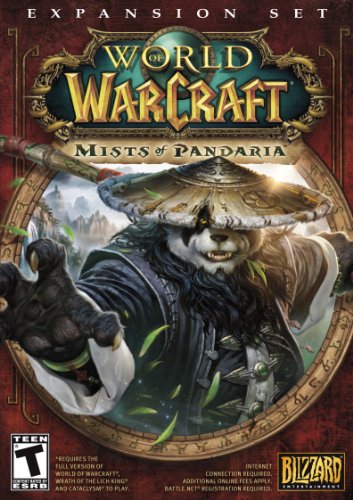 World of Warcraft: Mists of Pandaria
World of Warcraft: Mists of Pandaria

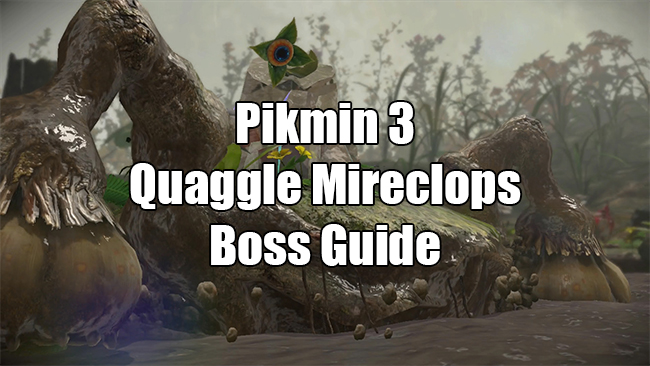
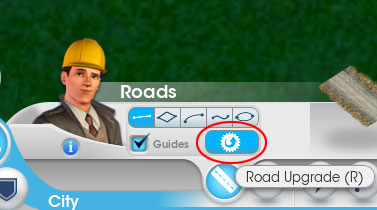
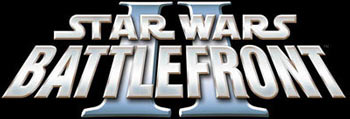 Star Wars Battlefront 2 Tweak Guide
Star Wars Battlefront 2 Tweak Guide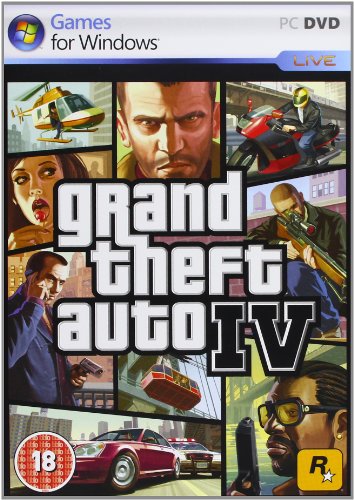 Grand Theft Auto Retrospective
Grand Theft Auto Retrospective David Gaider: Storytelling, Dragon Age and BioWare
David Gaider: Storytelling, Dragon Age and BioWare Assassin’s Creed: Unity guide – Sequence 3 Memory 1: Graduation – Three Cover Kills
Assassin’s Creed: Unity guide – Sequence 3 Memory 1: Graduation – Three Cover Kills Mighty Number 9 Developers Apologize for Pushing back Demo and Explains Why
Mighty Number 9 Developers Apologize for Pushing back Demo and Explains Why